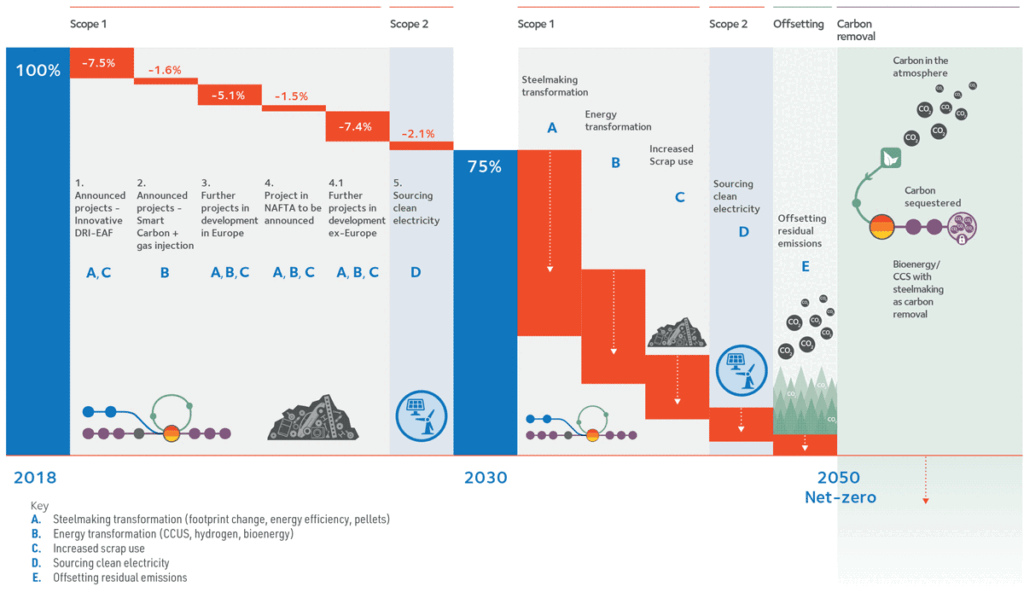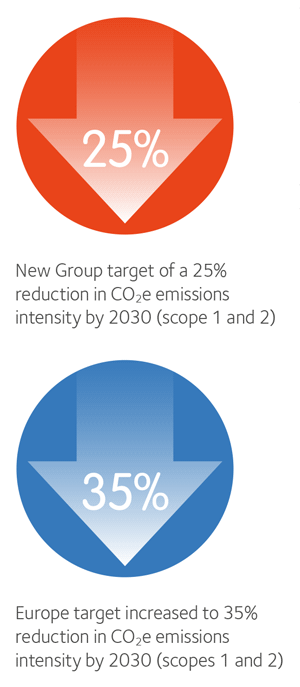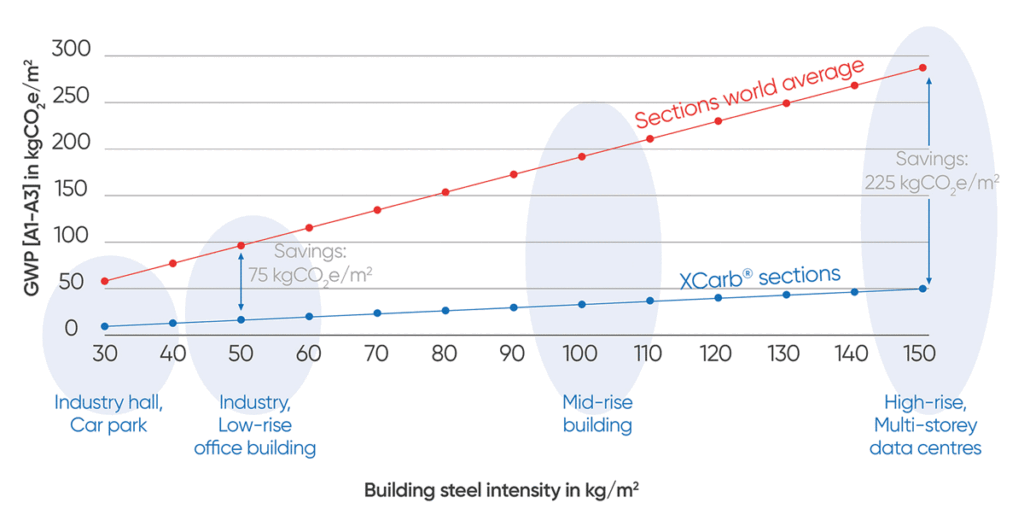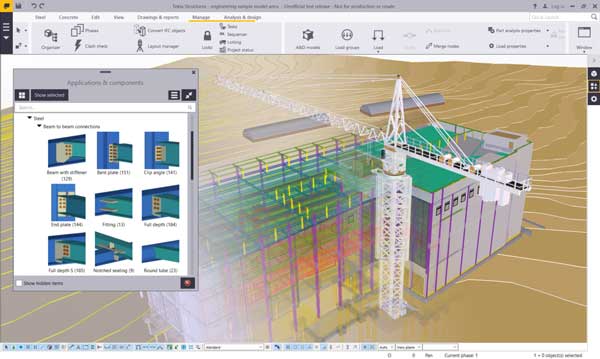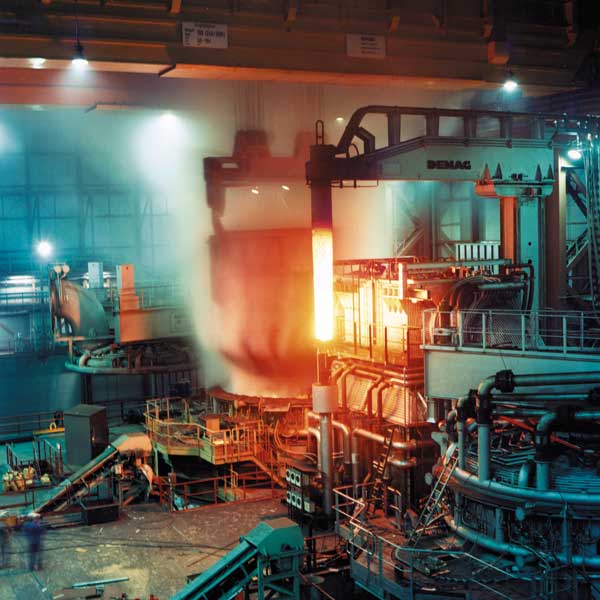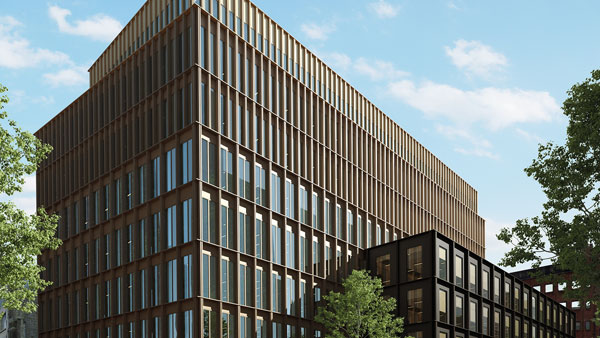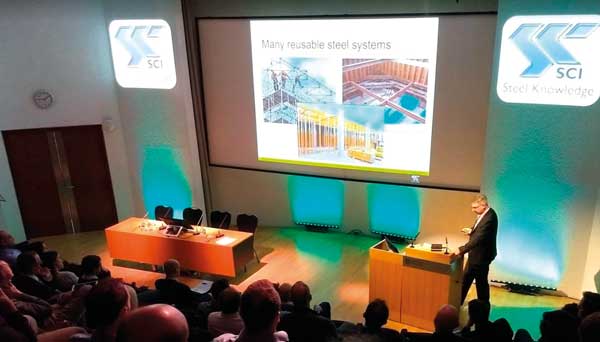Projects and Features
Delivering on the promise: Progress towards 2030 carbon reduction targets
In ArcelorMittal’s second climate action report published in July 2021, interim 2030 CO2e reduction targets of 25% globally and 35% in Europe were announced, together with a roadmap that will be used to deliver the savings in emissions, towards net zero in 2050.
Our roadmap features five levers – in essence, groupings of actions and initiatives – that act as stepping stones to achieving carbon neutrality by 2050. These are: Steelmaking transformation (A), Energy transformation (B), Increased use of scrap (C), Sourcing clean electricity (D) and Offsetting residual emissions (E).
We will now focus on the first four, for which significant progress has been made in 2022.
Lever A | Steelmaking transformation
- Hot Briquetted Iron (HBI) plant acquired (Texas, US), securing high-quality metallics for low-carbon steelmaking;
- Ground broken at Dofasco, Canada on a $1.8 billion decarbonisation project that will see the construction of a 2.5mtpa hydrogen ready DRI-EAF facility reducing site emissions by 3mtpa;
- Continued progress on planned key European DRI-EAF plants in Belgium, France, Germany and Spain, which will become operational between 2025 and 2030.
Lever B | Energy transformation
- Inauguration of the €200 million carbon capture and utilisation (CCU) project in Ghent;
- Memorandum of Understanding signed with RWE to build and operate offshore wind farms and hydrogen facilities that will supply the renewable energy and green hydrogen required to produce low-emissions steel in Germany.
Lever C | Increased use of scrap
- Acquisition of four specialist scrap metal recyclers in Germany, The Netherlands, Poland and the United Kingdom.
Lever D | Sourcing clean electricity
- Launch of three new product offerings in the XCarb® recycled and renewably produced family.
XCarb®, our programme aimed at carbon neutral steel by 2050
Launched in 2021, XCarb® is the name for ArcelorMittal’s ongoing global programme of steelmaking innovation that supports our ambition to reach net zero by 2050. In the update below we mark the progress made and the successes of the first three XCarb® initiatives in the second anniversary of the programme
XCarb® Innovation Fund
During 2022, the XCarb® innovation fund continued to invest in companies developing breakthrough technologies that will accelerate the steel industry’s transition to carbon neutral steelmaking. Further investments were made in carbon capture and re-use specialist Lanzatech and energy storage startup Form Energy. Most recently, the fund invested $36 million in Boston Metal who are developing and commercialising a patented Molten Oxide Electrolysis (MOE) platform for decarbonising primary steelmaking.
XCarb® Green Steel Certificates
They are a mechanism that allows companies to report reductions in their scope 3 emissions from the materials that they procure from us, in accordance with the GHG Protocol Corporate Accounting and Reporting Standard. In 2022, the volume of XCarb® green steel certificates offered to the market increased to 600 kt as a direct result of measured and audited (by DNV) emissions reductions made at the company’s blast furnace sites.
XCarb® Recycled and Renewably Produced
XCarb® recycled and renewably produced products are made in an electric arc furnace charged with up to 100% recycled steel and powered using 100% renewable electricity coming from wind and solar sources connected to the same grid as the ArcelorMittal plant that manufactures them.
ArcelorMittal Europe – Long Products was the first business within the company to offer this low-carbon emissions steel, starting with sections and merchant bars, followed by sheet piles and rebars. XCarb® recycled and renewably produced sections have featured in a number of UK projects including Worship Square and Canada Water, and are now available from stock or directly from the mill.
As of March 2022, ArcelorMittal Europe – Flat Products also started producing XCarb® recycled and renewably produced products including hot rolled coils, organic coated steels, Magnelis® and press hardenable steel (PHS) grades. Hot-dip galvanized steel with Magnelis® coating is the feedstock for composite metal decking and light gauge steel and has an [A1-A3] of 797 kgCO₂e/t, as certified by an EPD. This new product offering opens up the possibility of reducing the embodied carbon in typical 150mm deep composite slabs by 40%
ResponsibleSteel™
Specifiers and purchasers of steel need to have confidence in the provenance of the products procured and that appropriate standards of governance have been applied throughout the route to market. ResponsibleSteel™ sets standards appropriate and specific to steel manufacture (both primary and secondary) for a broad range of environmental, social and governance issues. It also requires, in principle 10, that companies and sites have a clear plan to decarbonise aligned with the Paris agreement and that this policy is publicly available, acted on, measured and audited.
Over the course of the last two years ArcelorMittal has invested significant time and effort to roll out the audit and certification process at its sites, so that specifiers and purchasers can be confident that the steel for their project has been responsibly sourced.
Minimising embodied carbon in buildings: the outstanding impact of low CO2 steel frames
The structure can account for more than 50% of the embodied carbon of a building. Reducing the frame footprint is key to delivering a low carbon project.
XCarb® recycled and renewably produced
Sections are the most popular and versatile way to build steel frames all over the world. XCarb® recycled and renewably produced sections allow up to 83% CO2e reduction compared to the world average for sections or current plate products1.
Potential benefits:
- Industrial building and low rise offices
(steel intensity of 50 kg/m2)
Saving : 75 kgCO₂e/m2 - High rise and multi-storey data centres
(steel intensity of 150 kg/m2)
Saving : 225 kgCO2e/m2
Capitalising on high strength steel: a further reduction in CO2 footprint
Where axial compression or tension is dominant, high strength steel can be a perfect opportunity to use less material, design out mass and reduce embodied carbon.
Due to the more favourable yield stress to thickness relationship compared to S460, HISTAR® 460 sections compound these savings particularly when flange thicknesses are 40mm or above. An additional 15% reduction in mass is often possible. This benefit is now being recognised and understood by designers and used as an effective tool to reduce mass, carbon and cost.
- https://worldsteel.org/steel-topics/life-cycle-thinking/ lca-eco-profiles/








